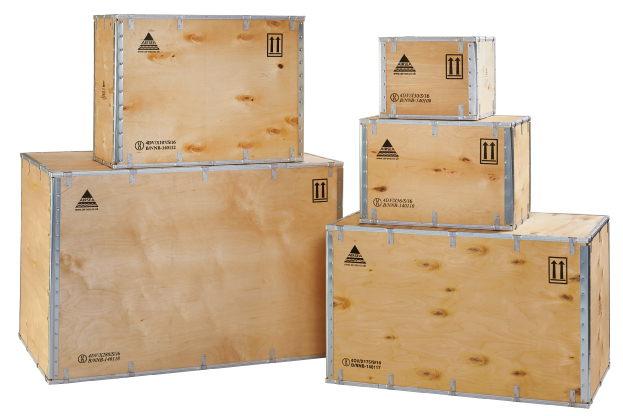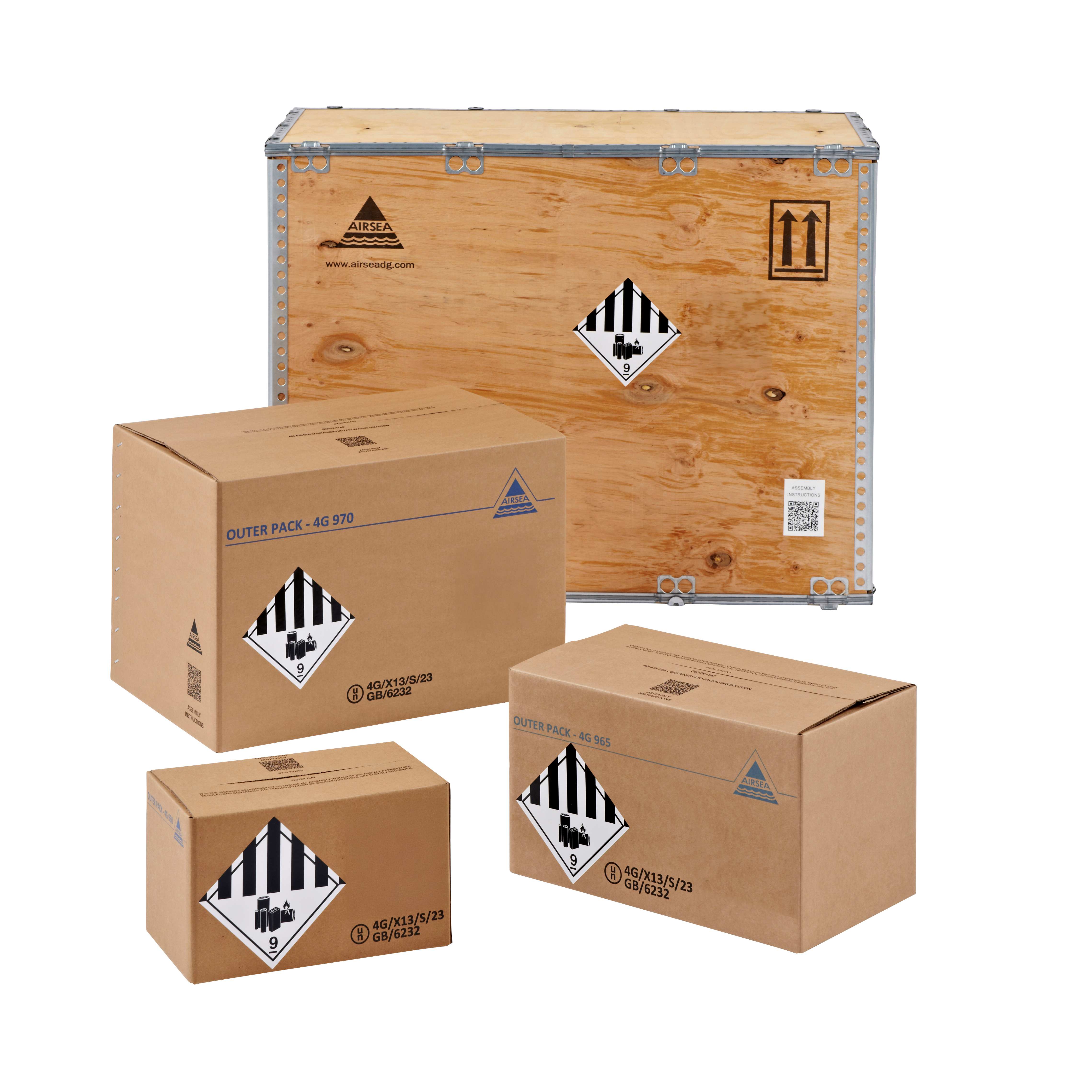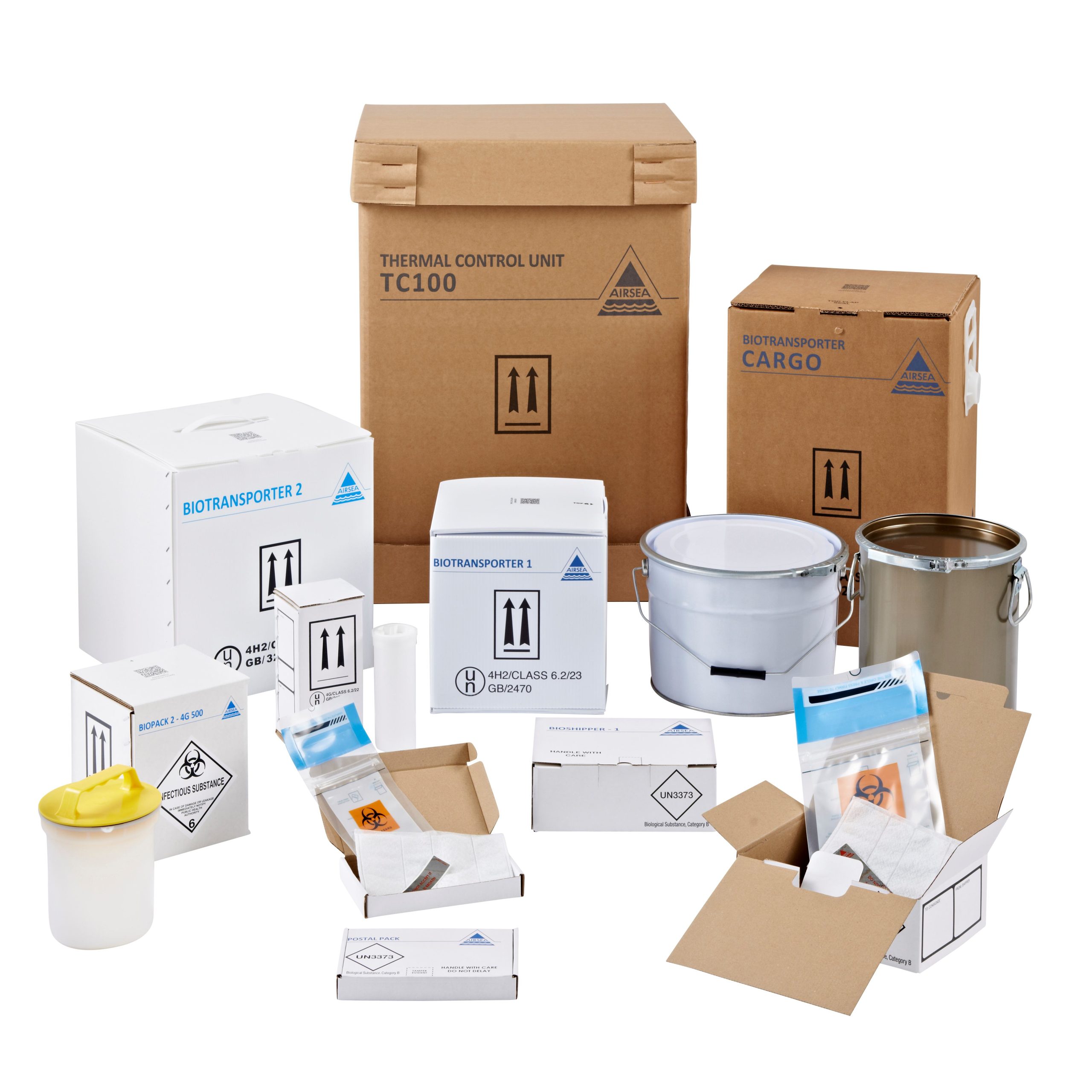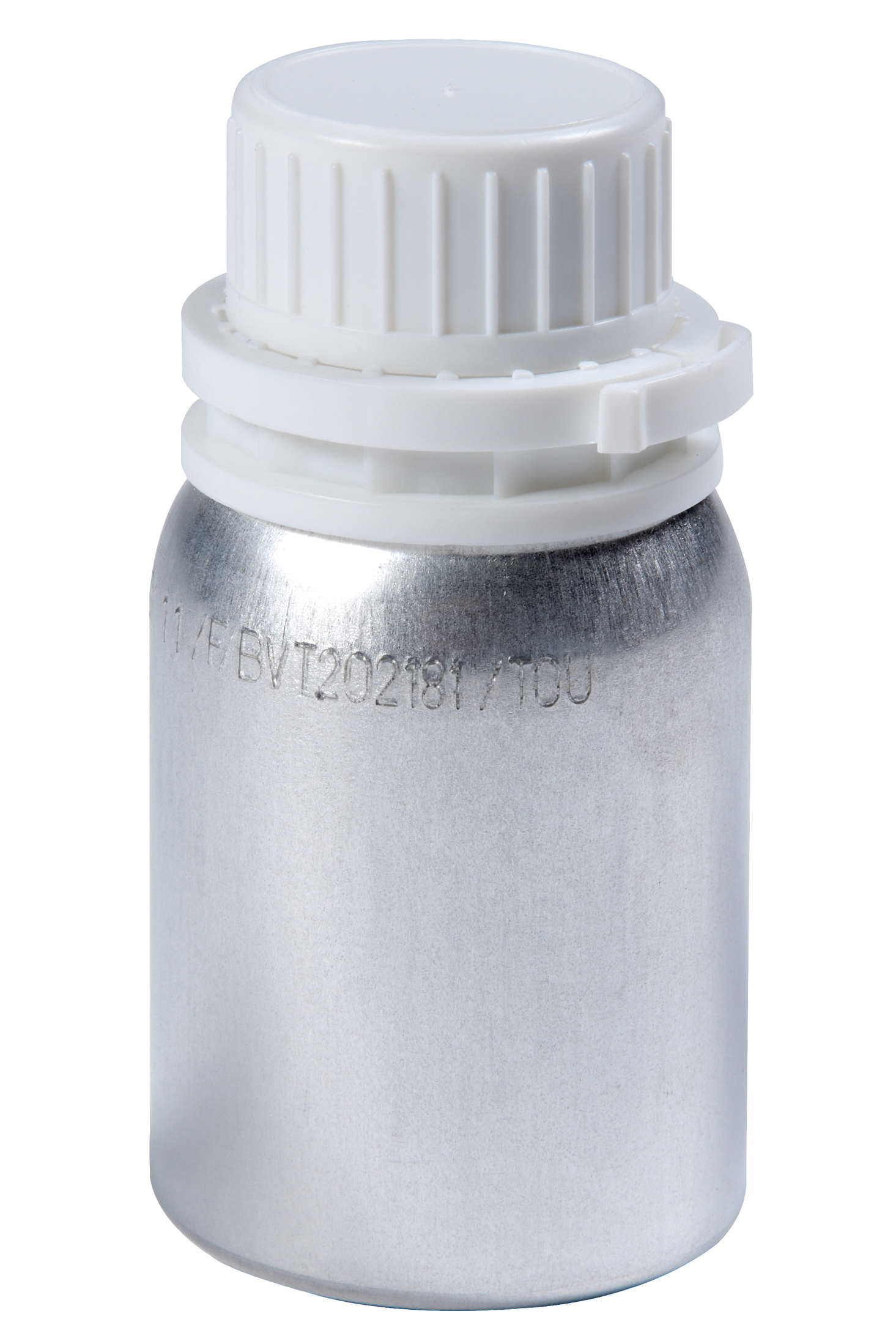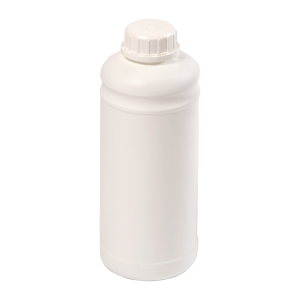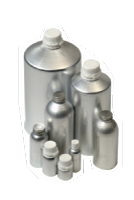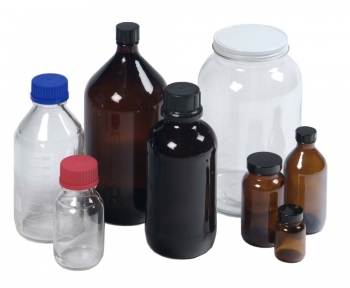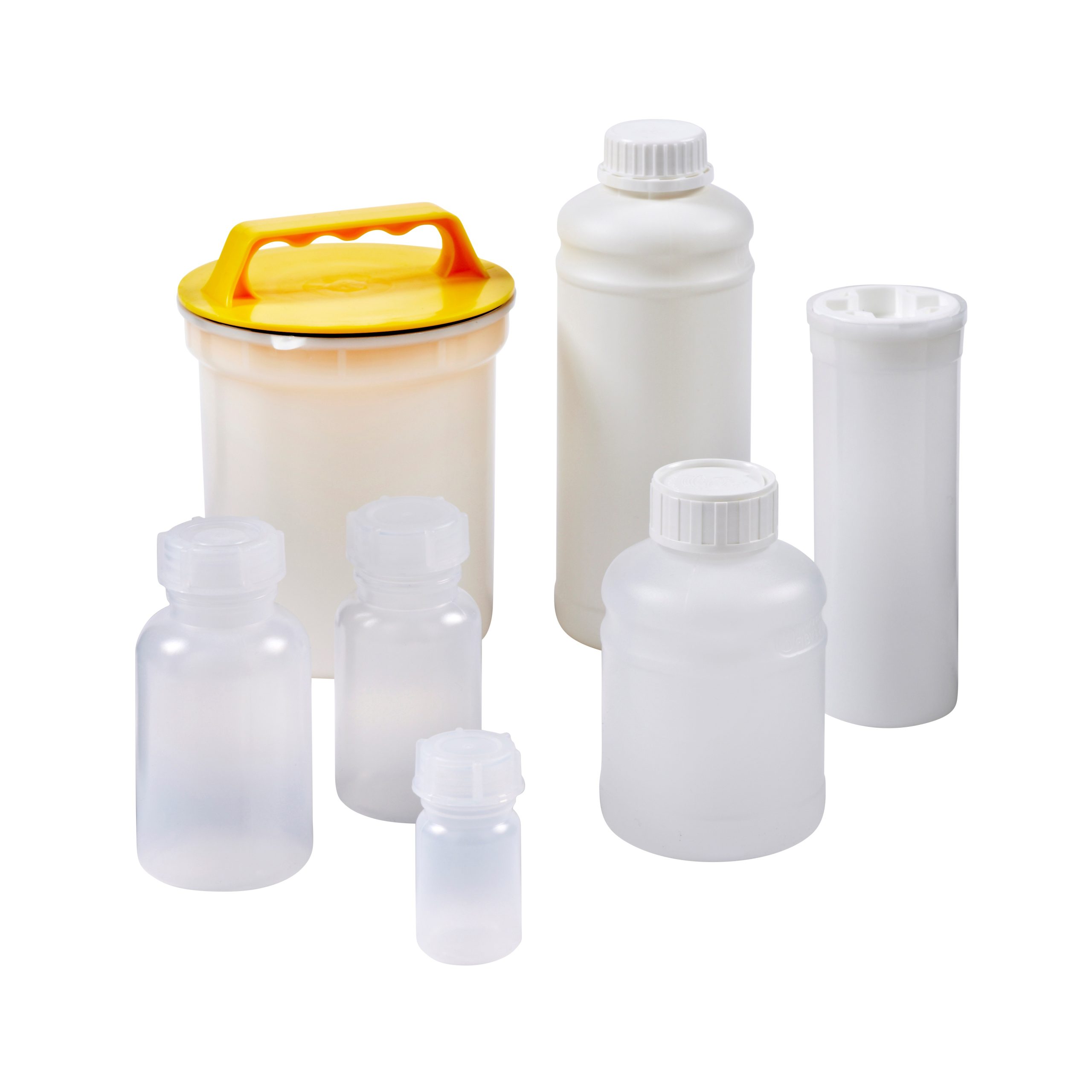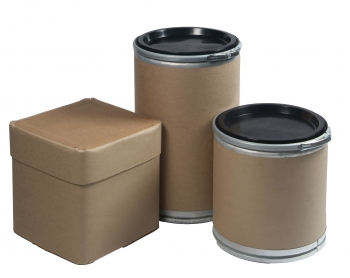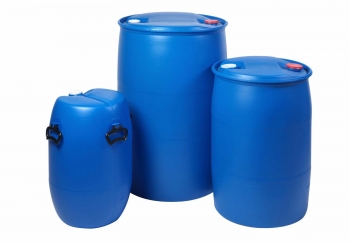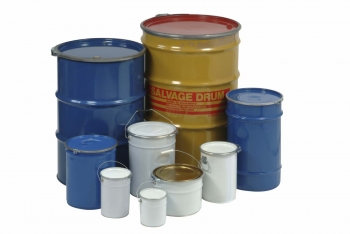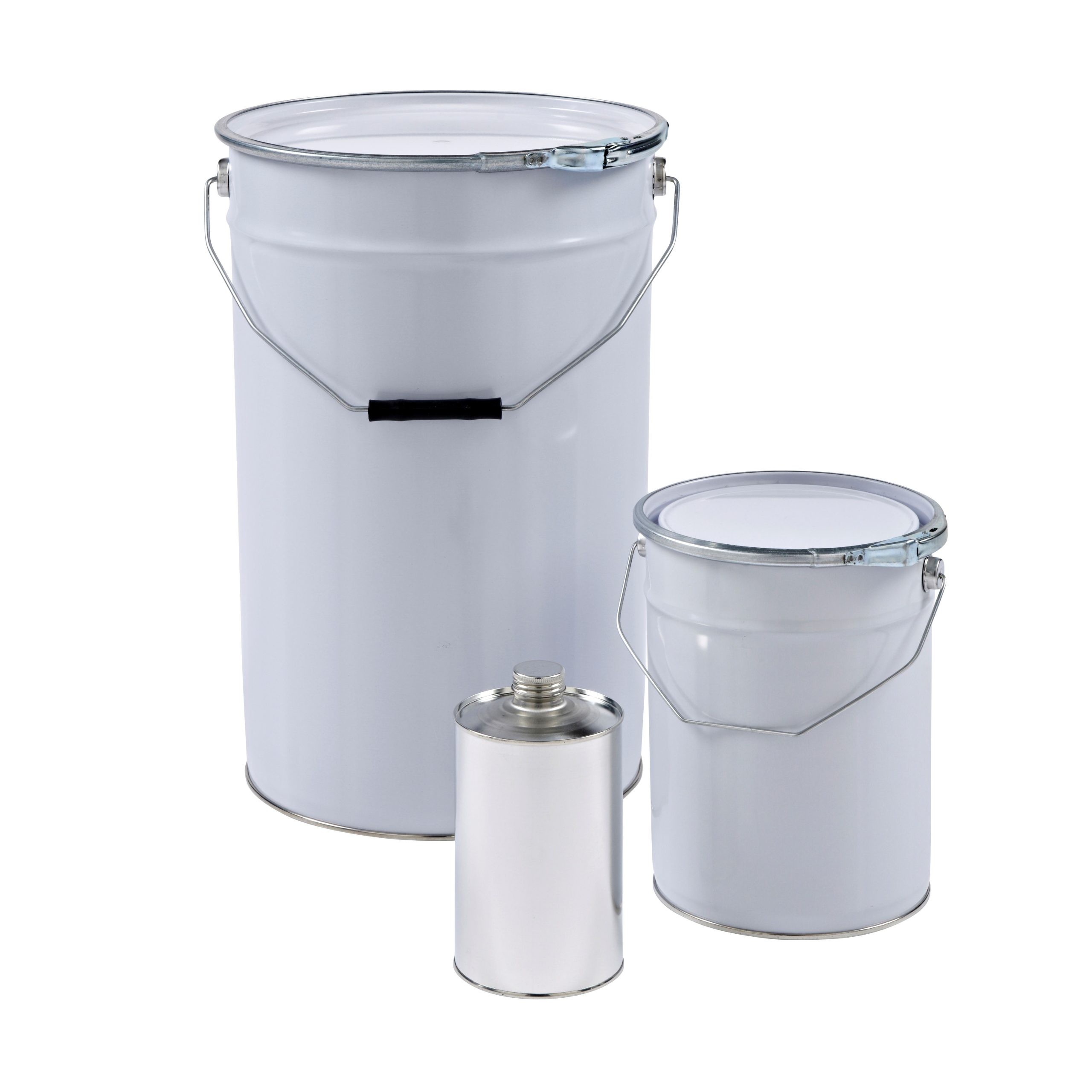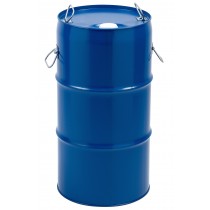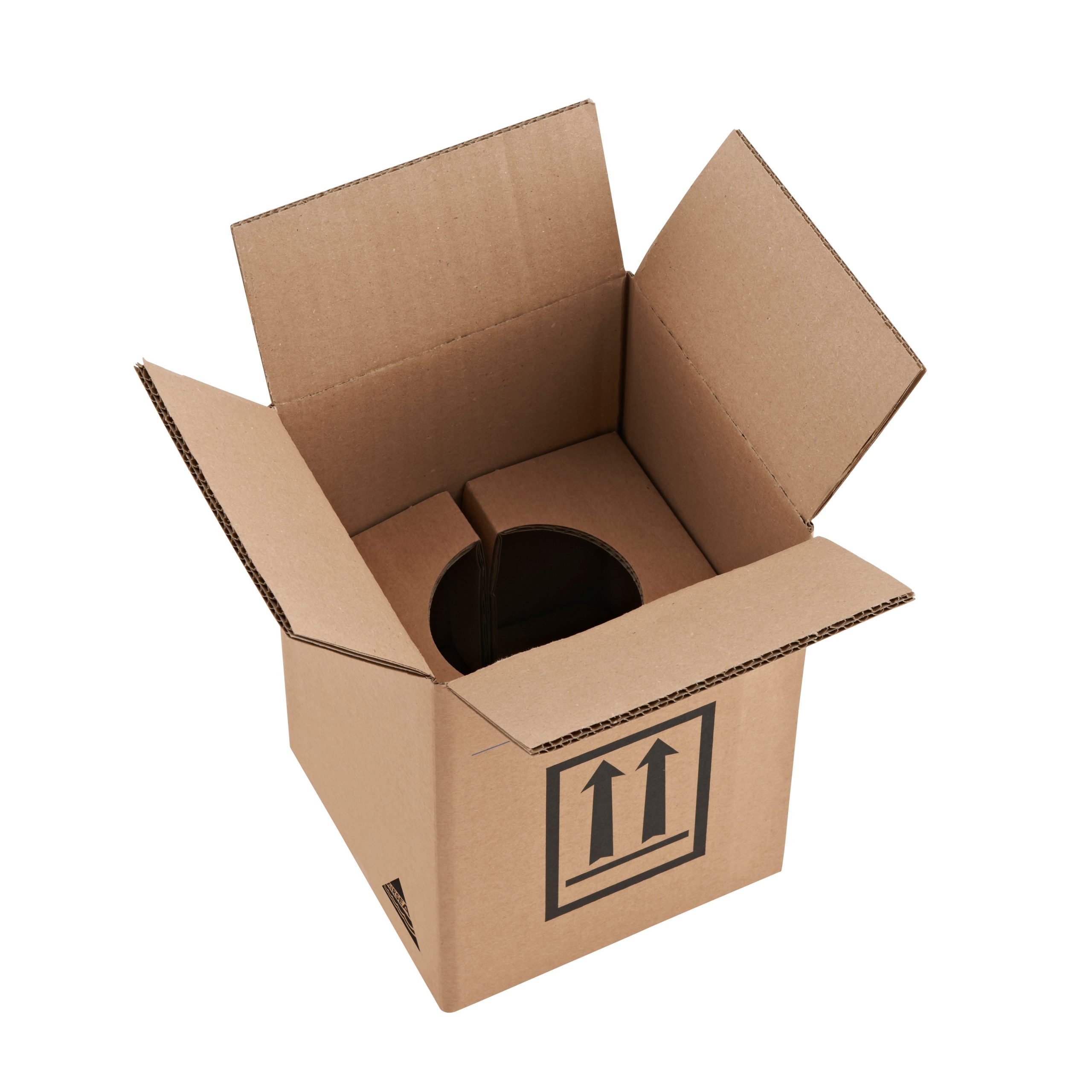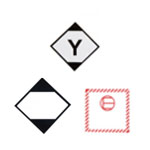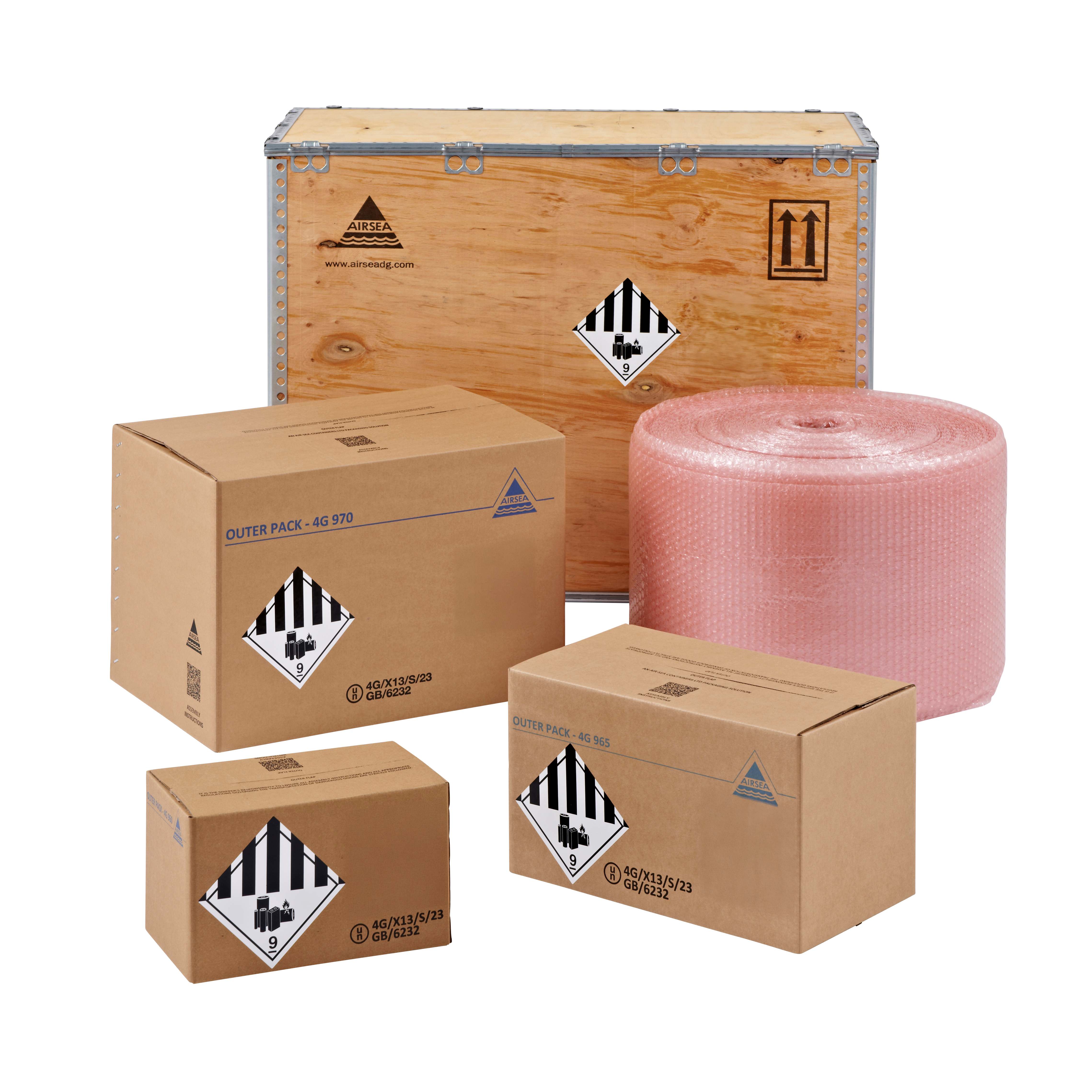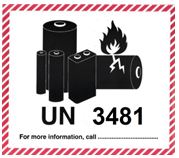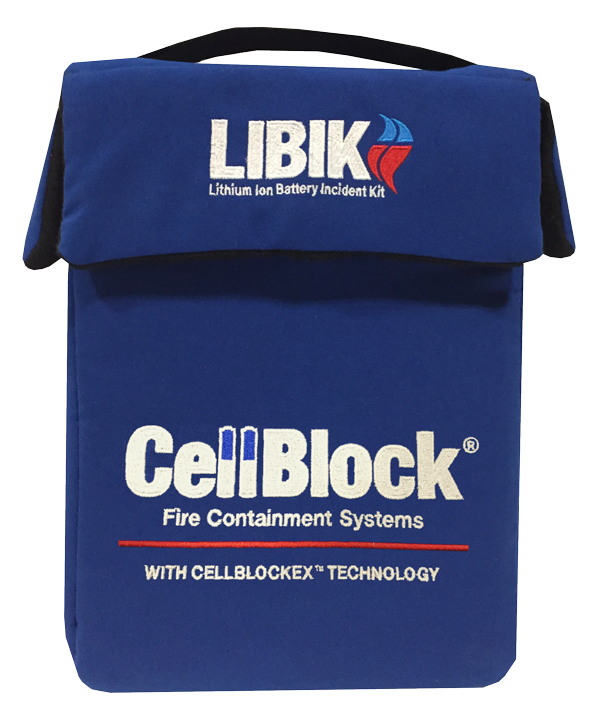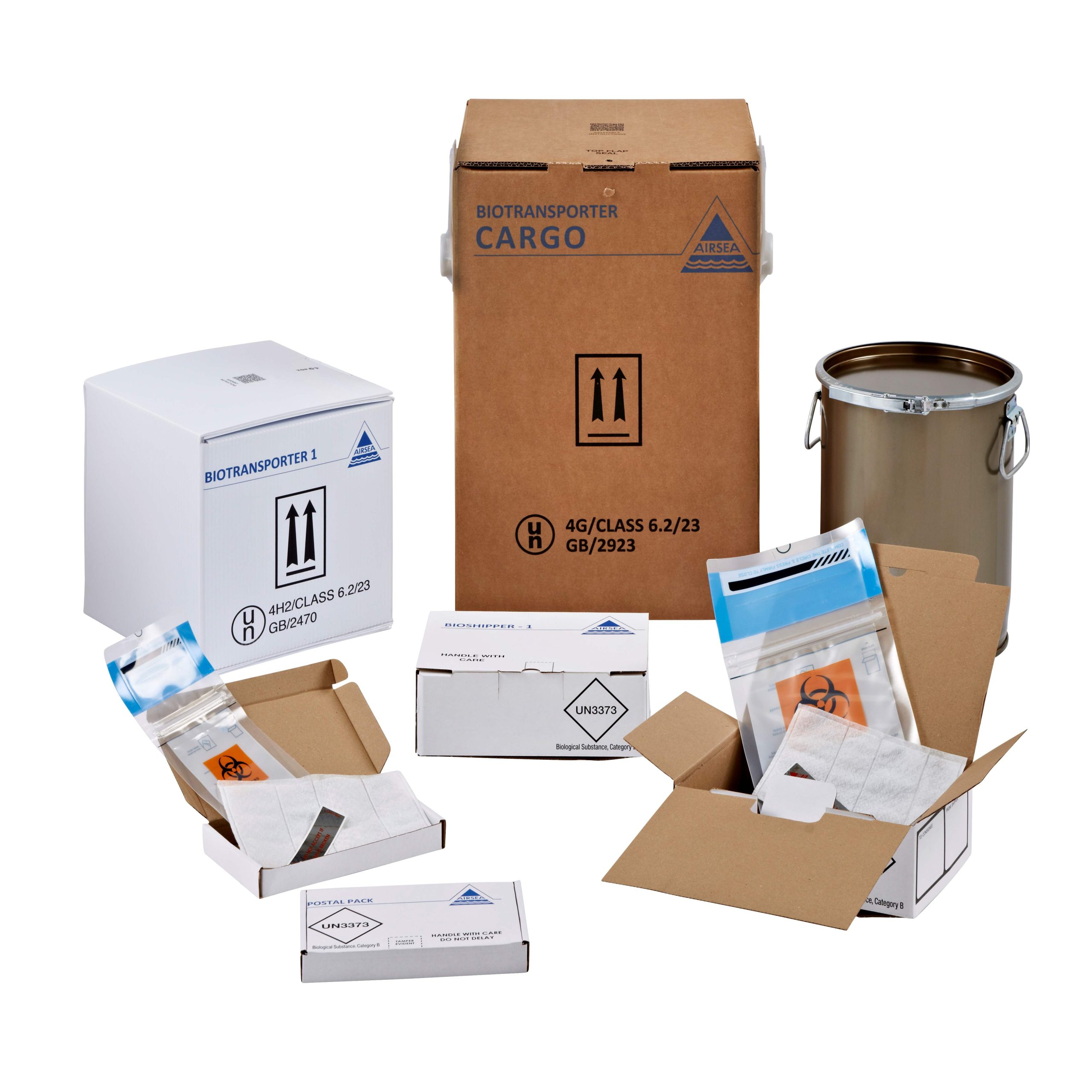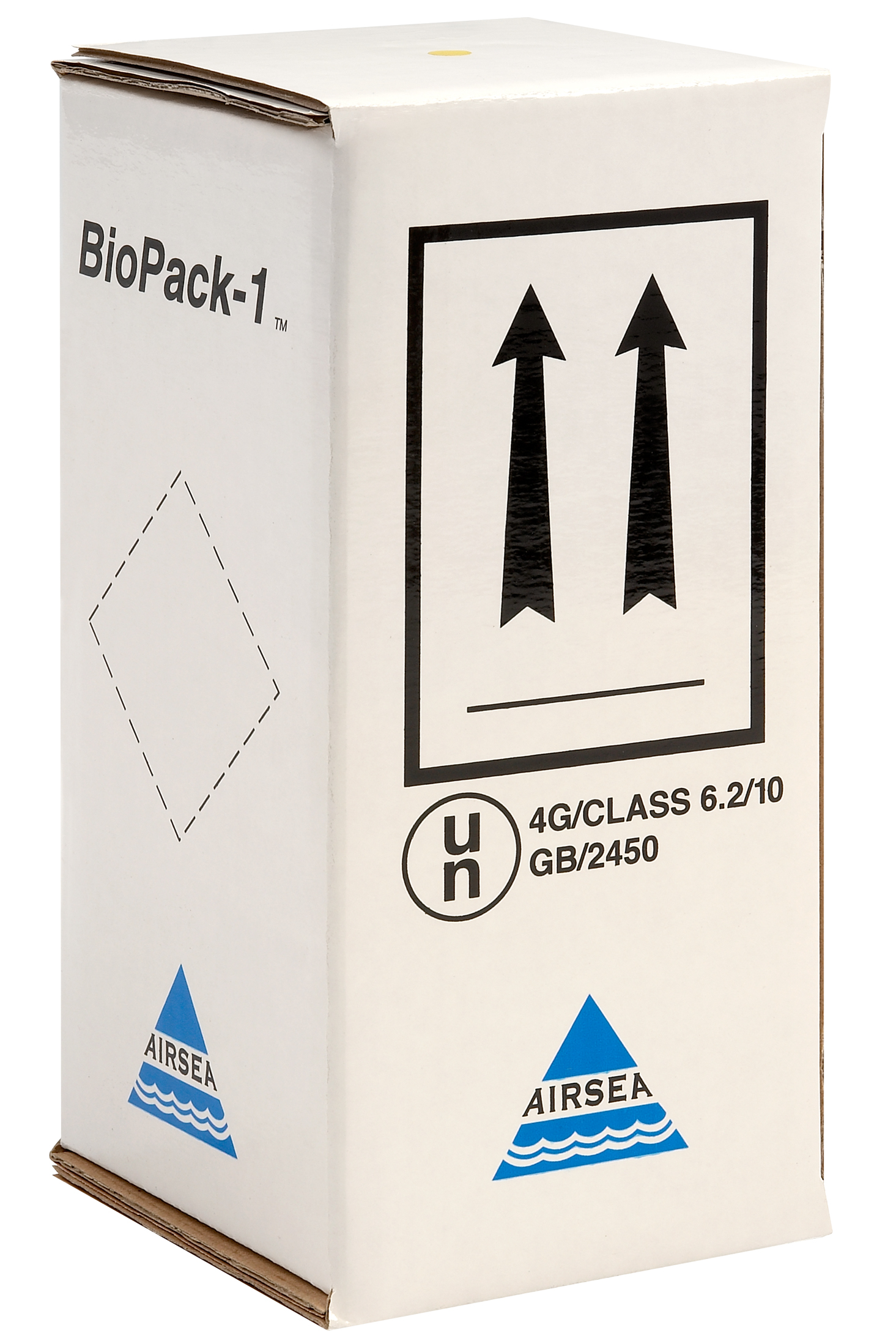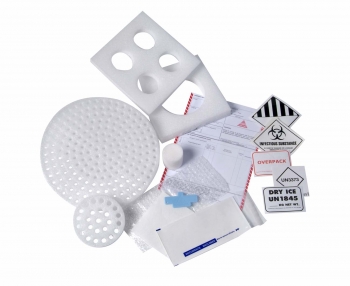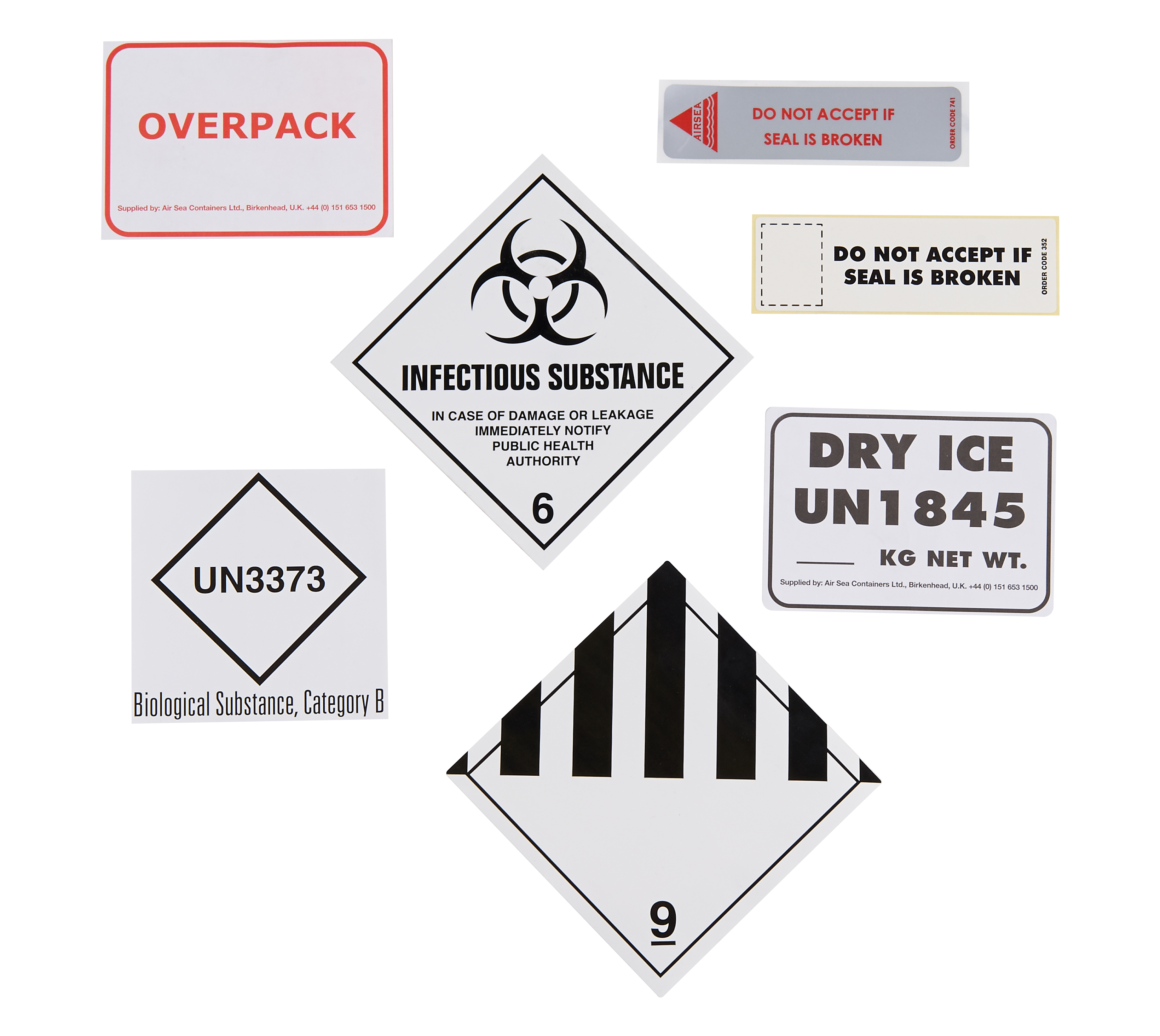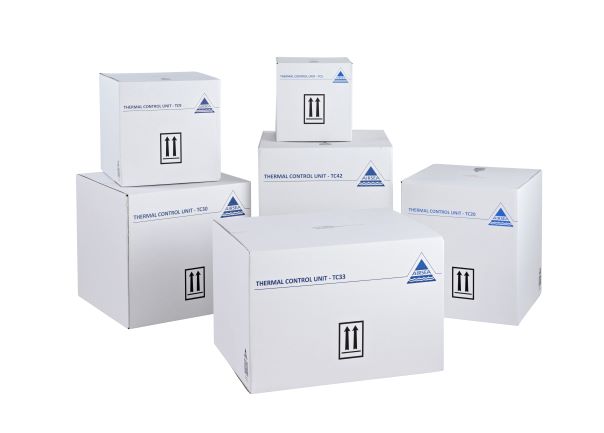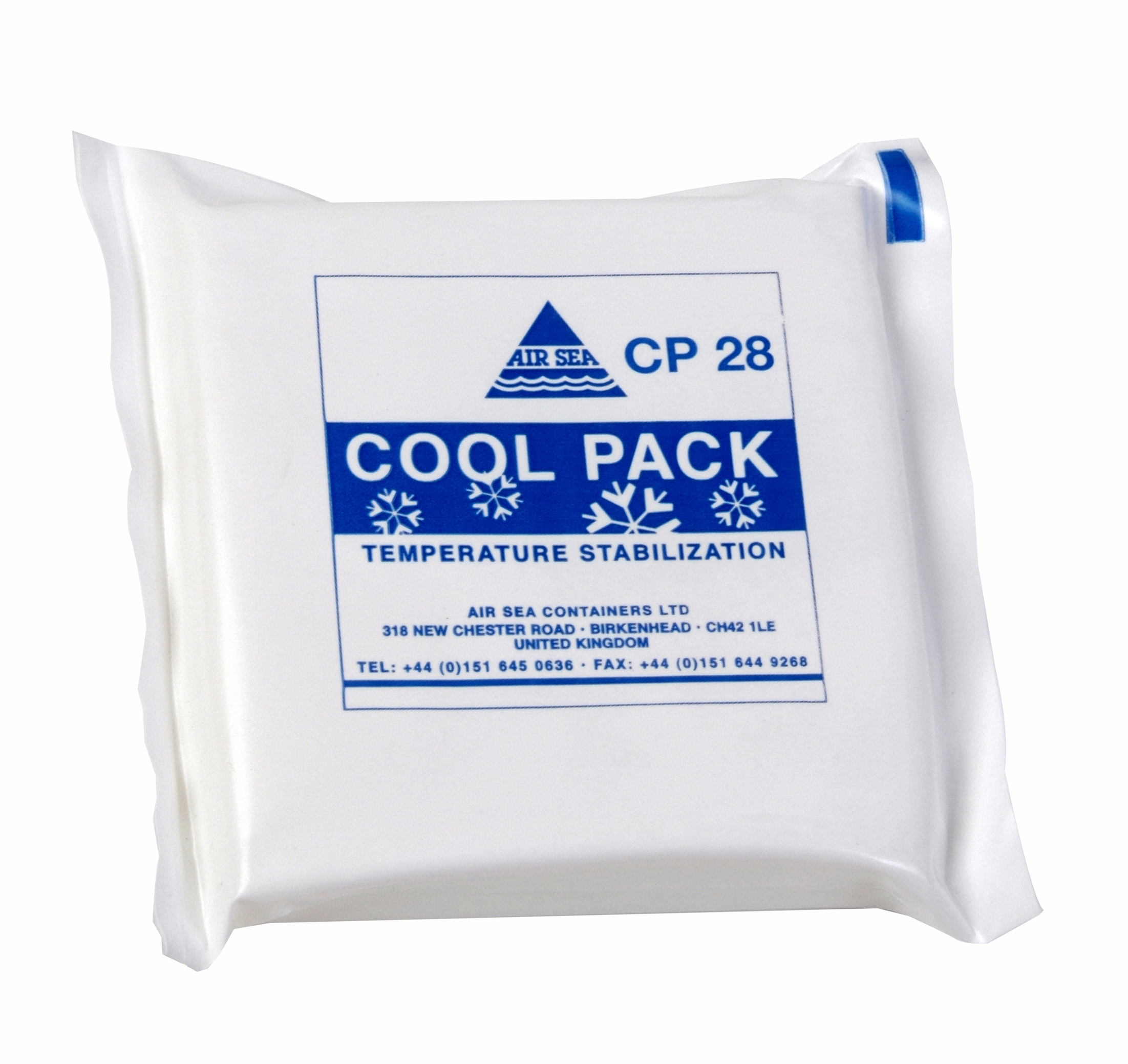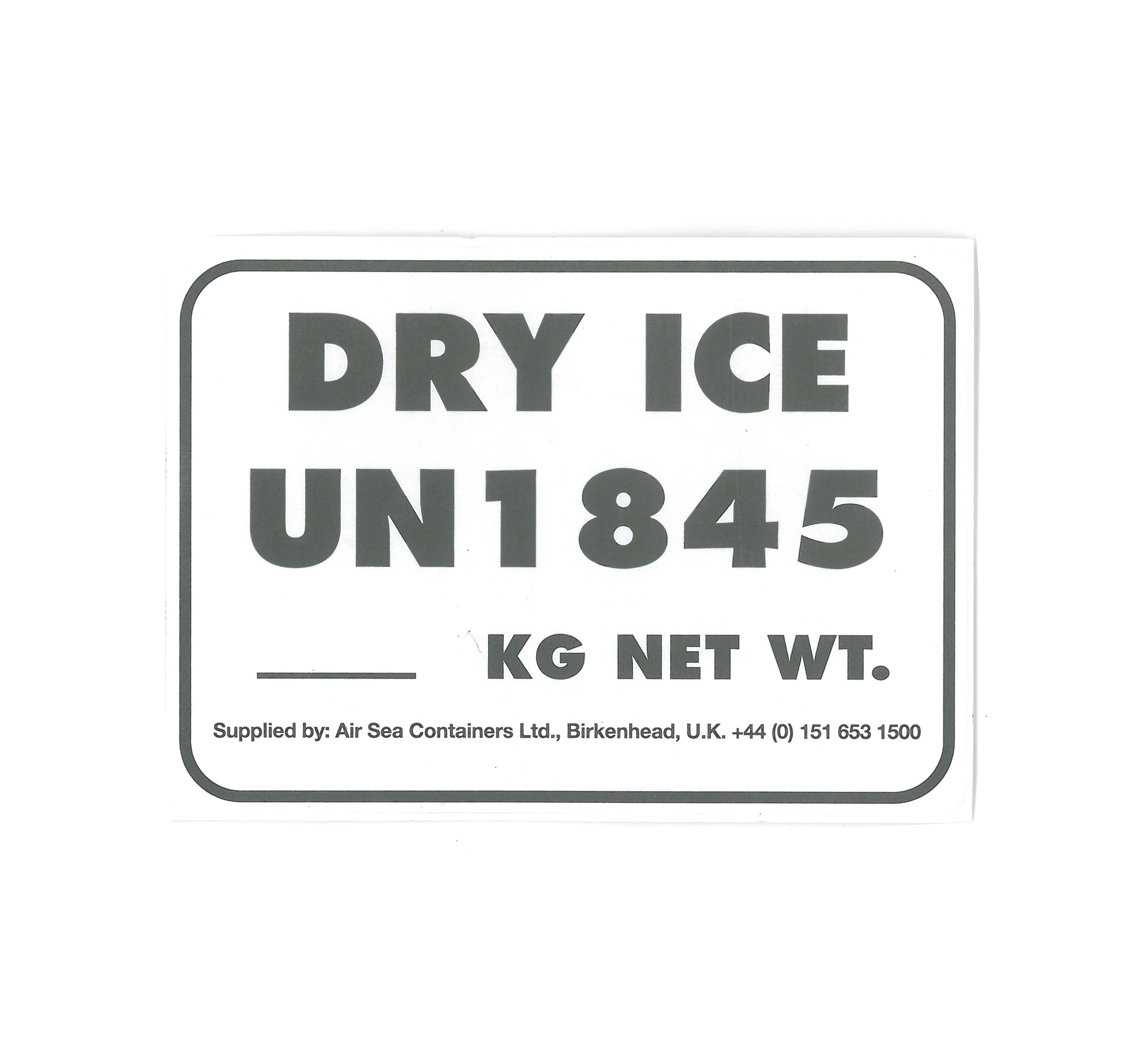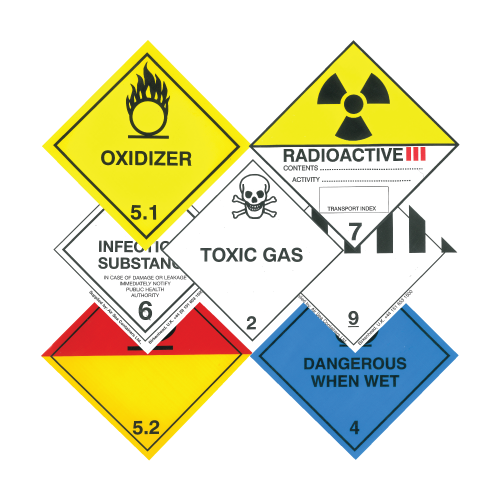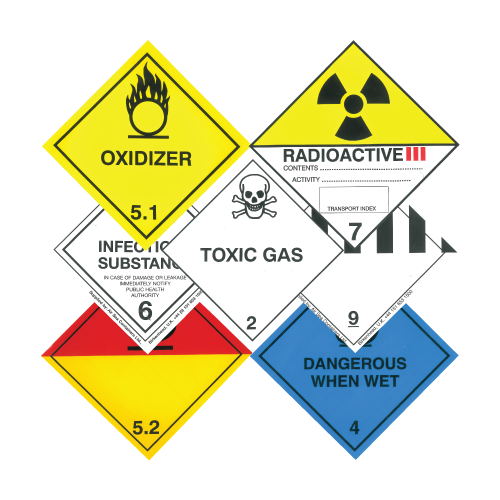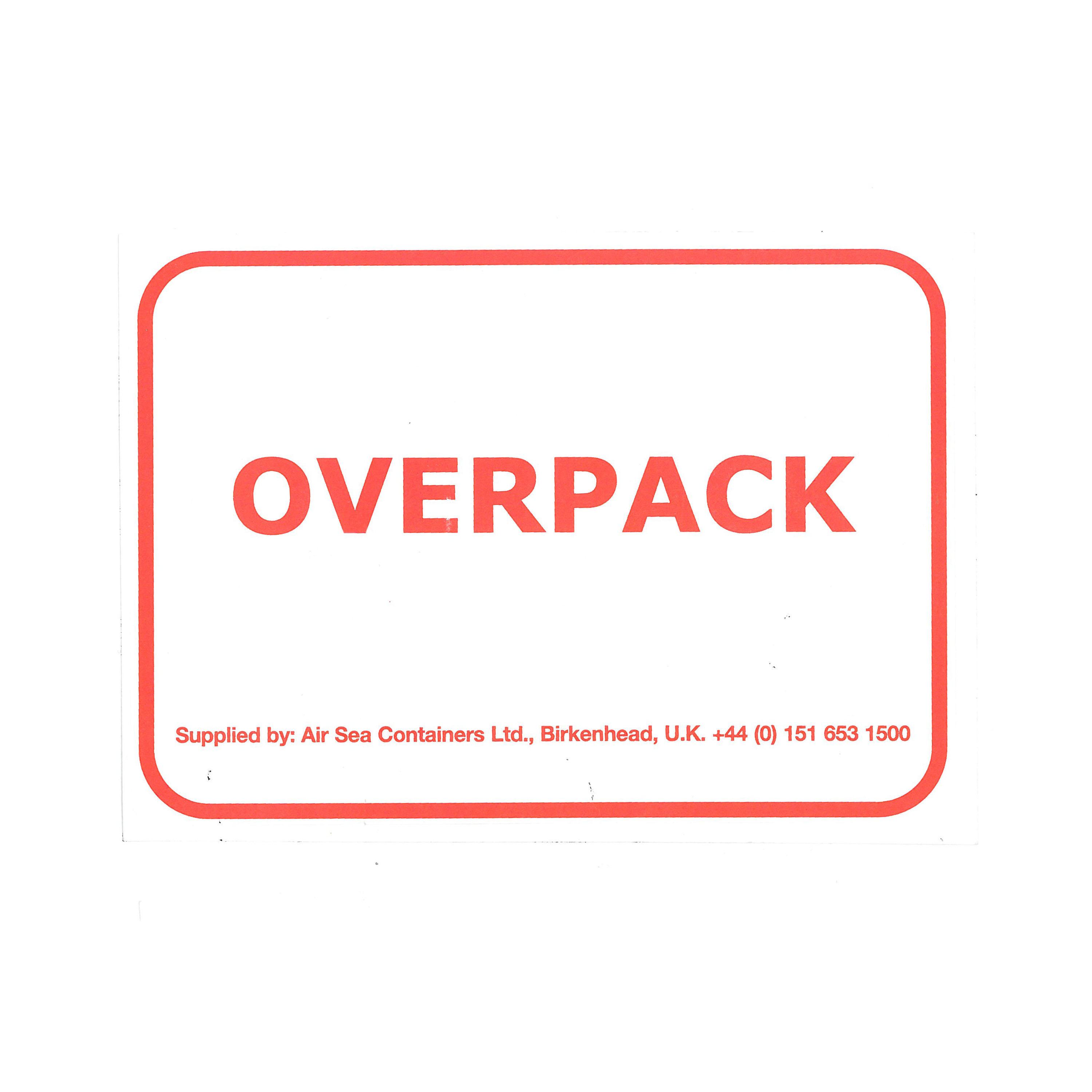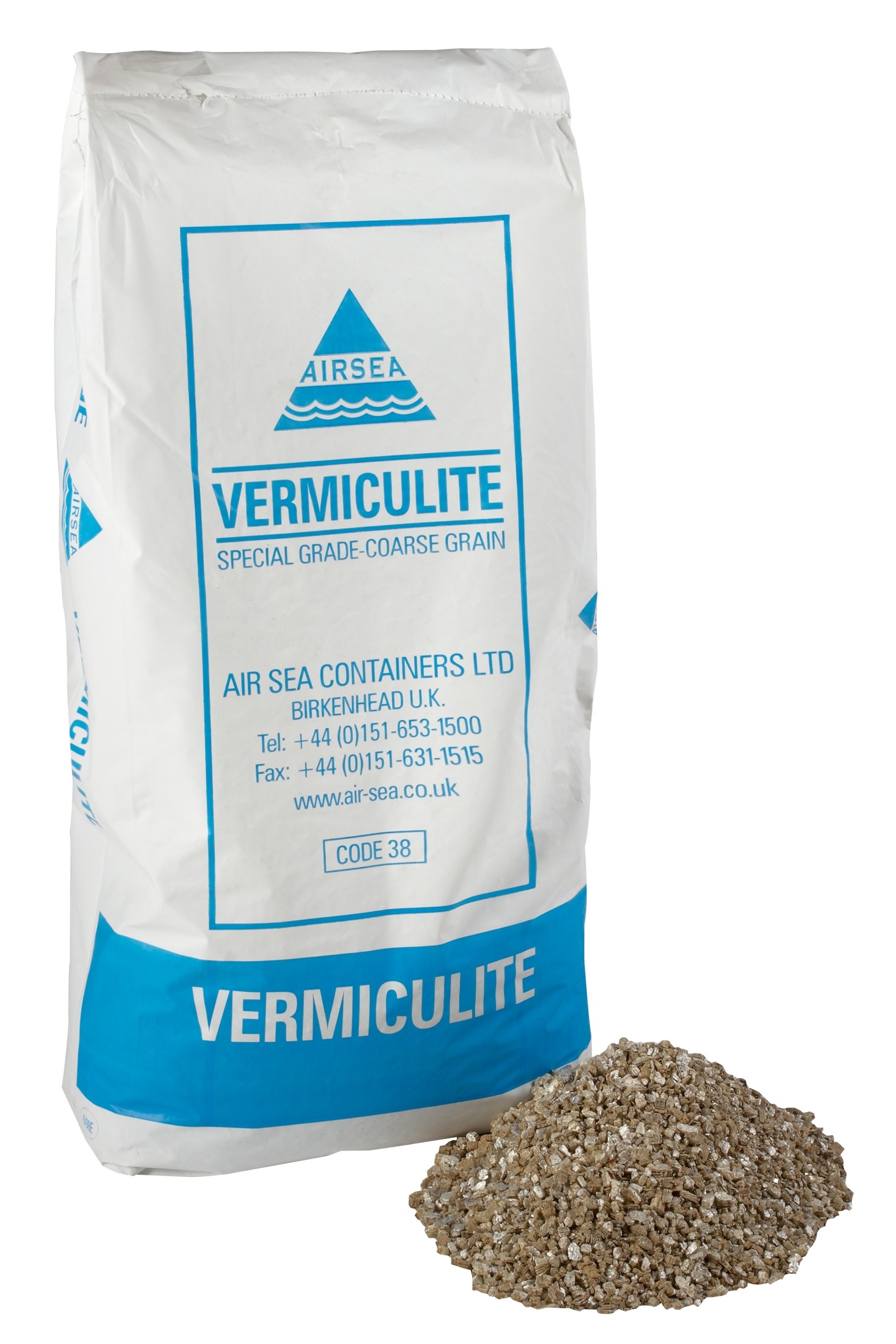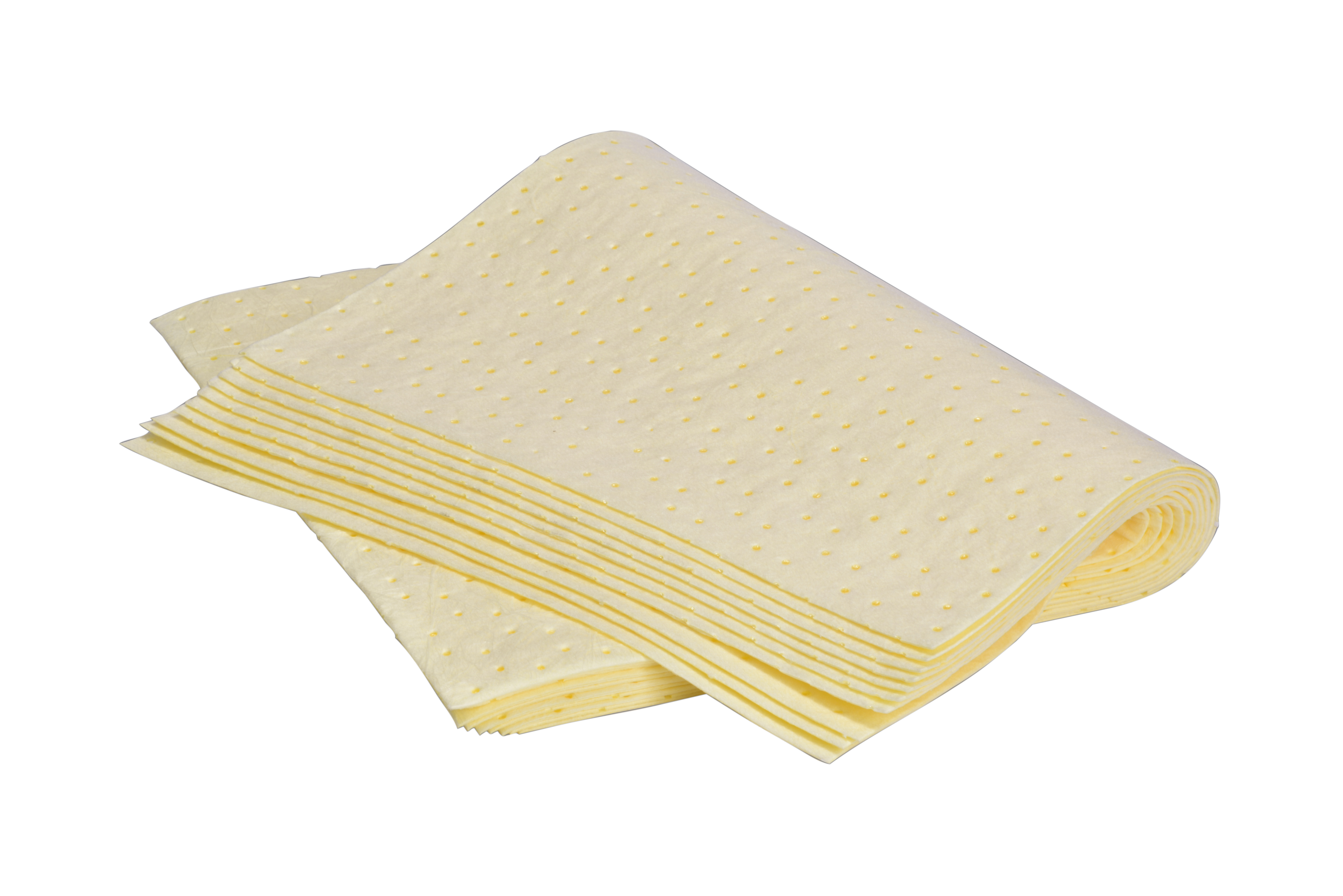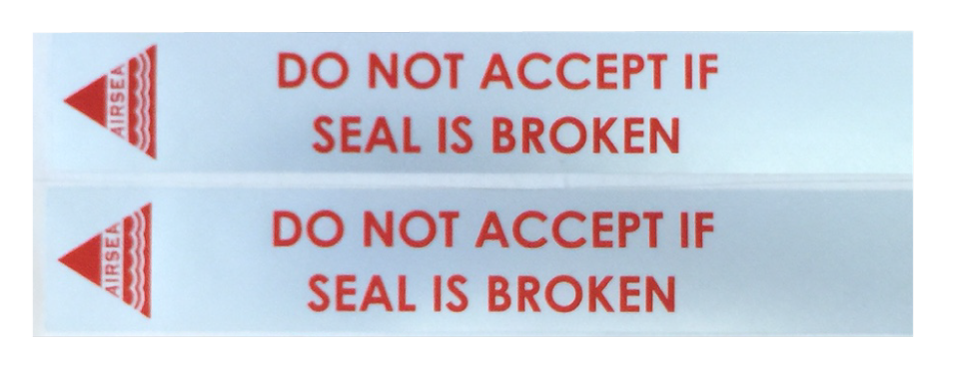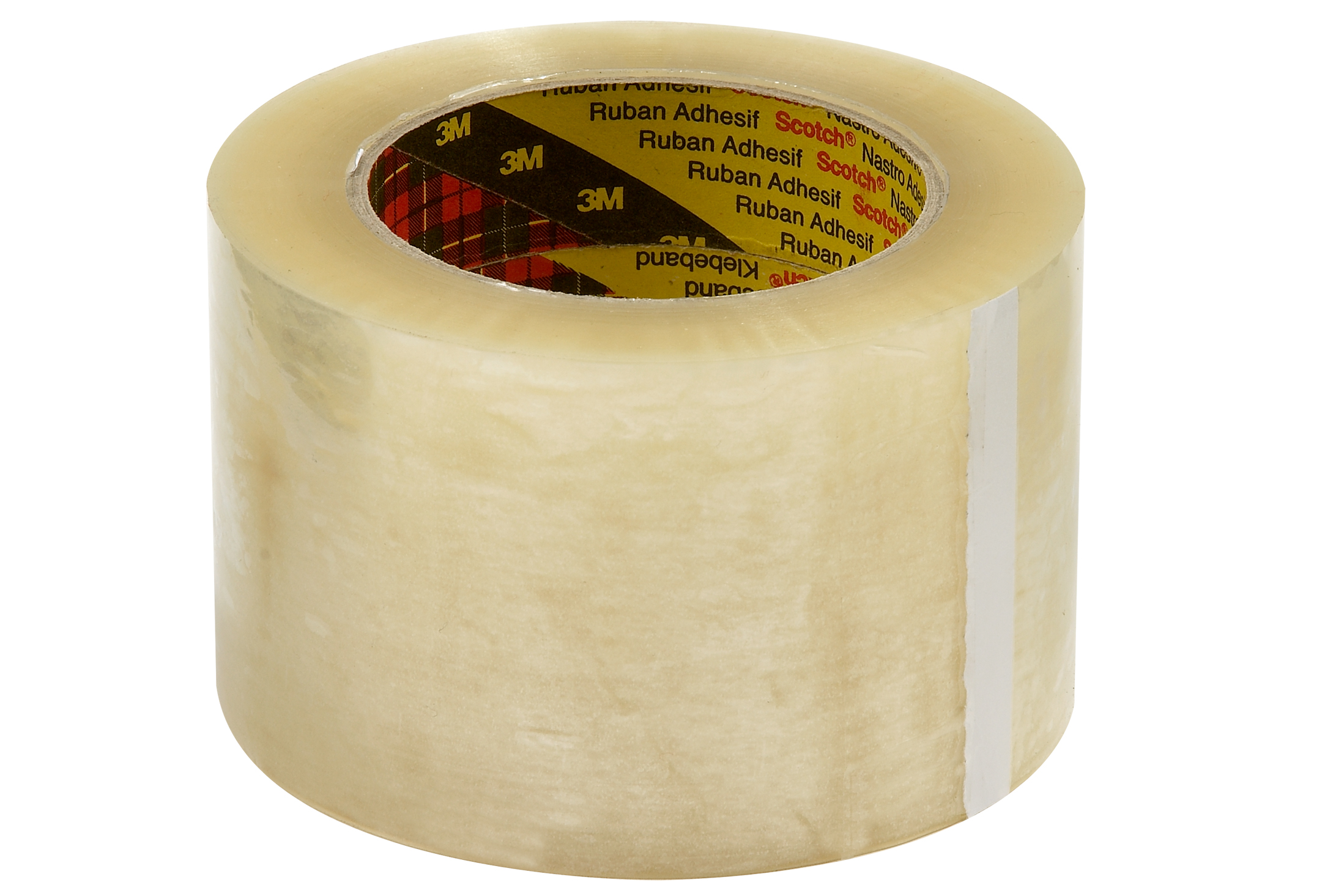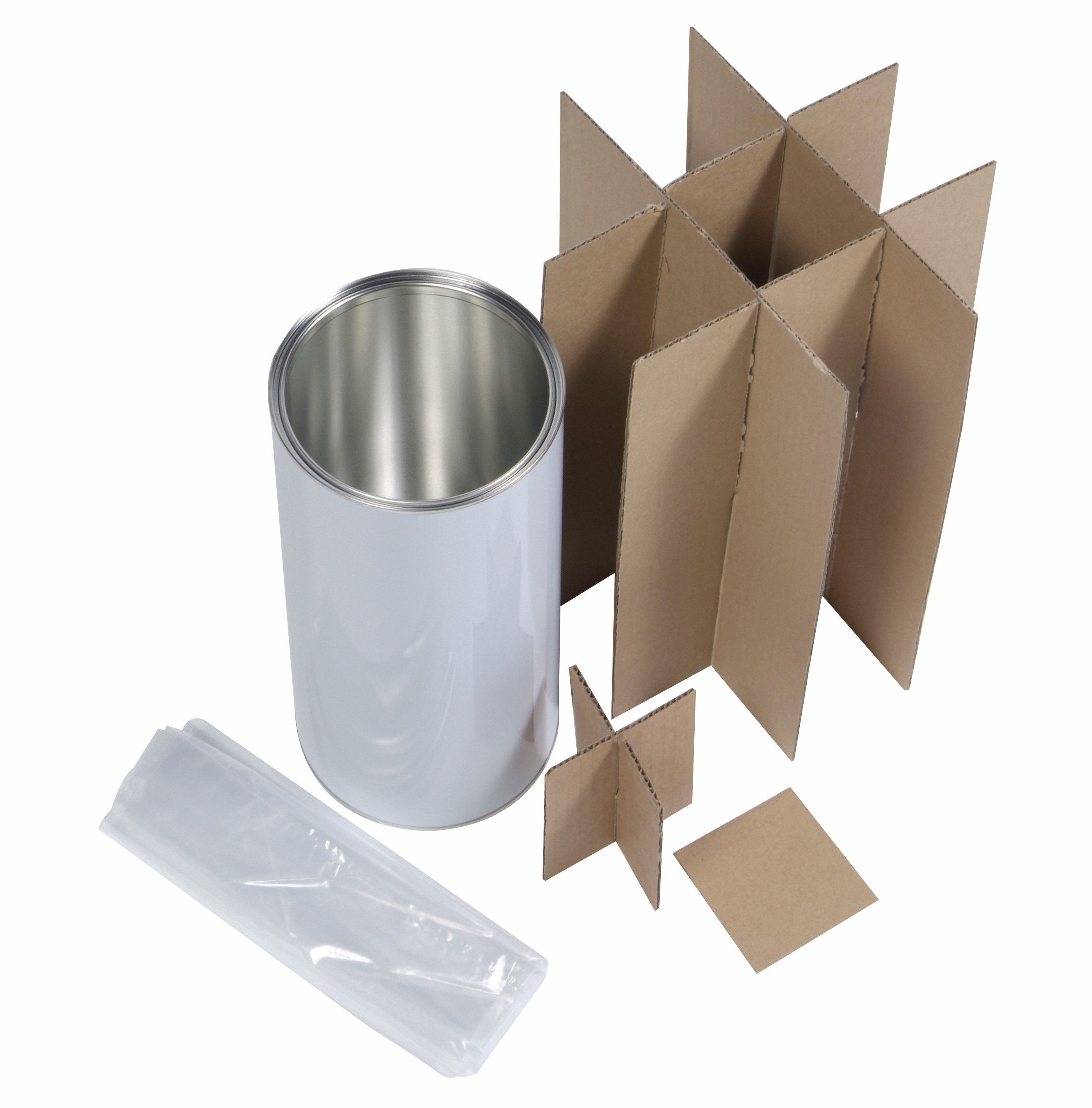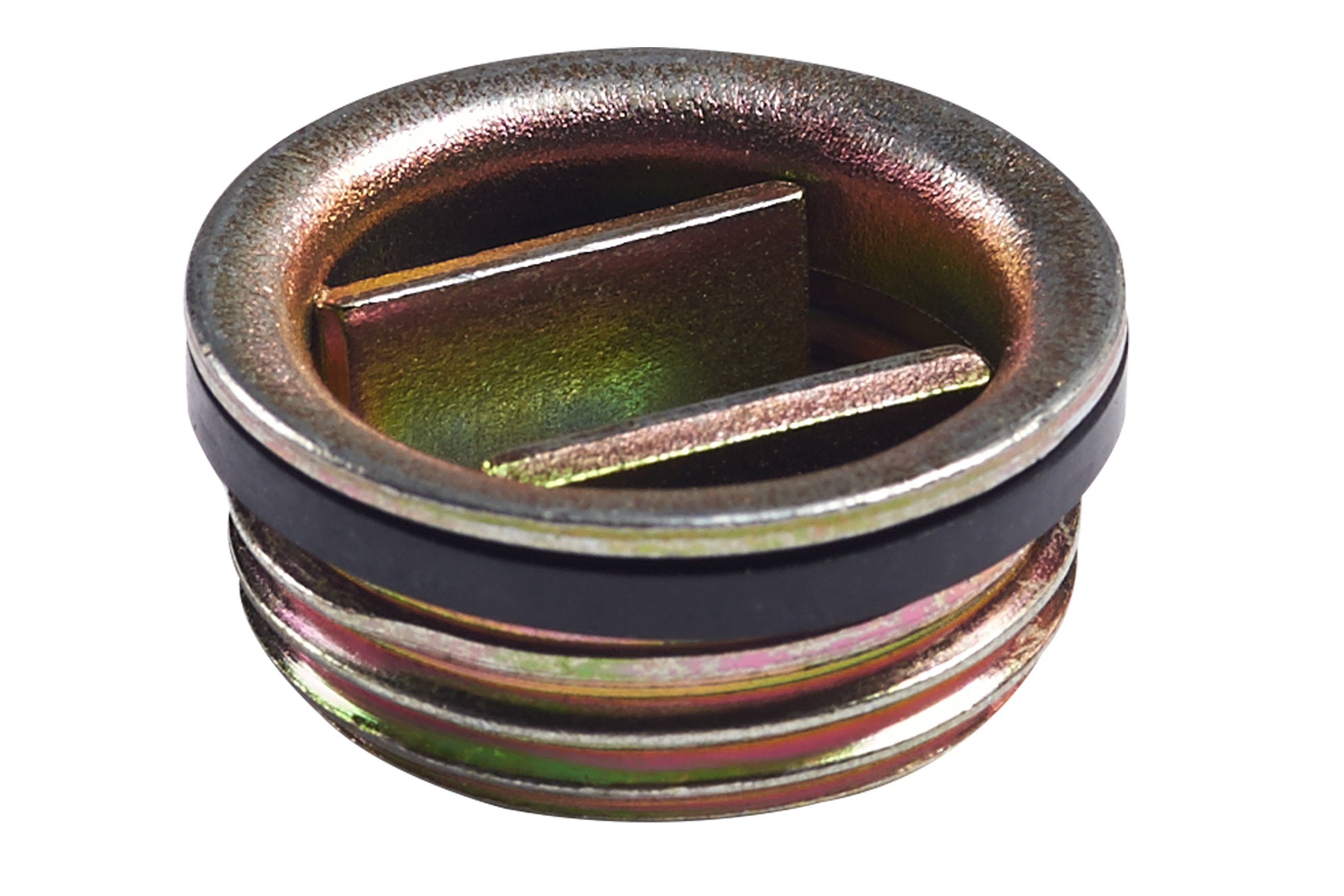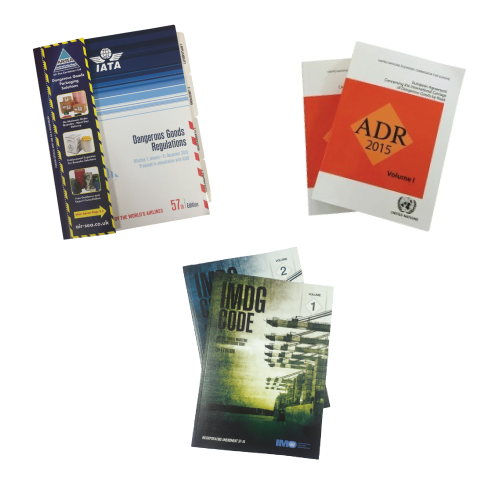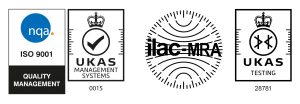The Civil Aviation Authority (CAA) urges retailers to be careful when shipping items that are capable or posing a risk to health, safety, property or the environment when being shipped.
The substance shipped was a household product; an ‘acid based drain cleaner’, found to be containing UN 1830 – Sulphuric Acid. The bottle containing the substance split whilst being shipped by air and caused harm to two workers employed by Jersey Post.
Sulphuric Acid (Proper Shipping Name ‘Sulphuric acid with more than 51% acid’) is a Class 8 Corrosive material and is subject to a number of Packaging Requirements;
- Packagings used must meet Packaging Requirements for Packing Group II.
- Packing Instruction Y840 should be followed when sending limited quantities up to 0.5L (not applicable in this case).
- 1L of sulphuric acid can be send via passenger and cargo aircraft, providing Packing Instruction 851 requirements are met.
- 30L can be shipped via cargo aircraft, providing that requirements laid out in packing instruction 855 are met.
- Correct labelling and markings should be apparent – including a Class 8 Corrosive Substances hazard label.
- The general packaging requirements must also be met (Found in section 5.0.2 of the IATA Dangerous Goods Regulations.
In this scenario, the goods were sent by Cargo aircraft – as a result, the following requirements should have been met:
- Substances must be compatible with their packagings
- Metal packagings must be corrosion resistant or with protection against corrosion
- Substances are permitted in glass inner packagings only – if the substance is free from hydrofluoric acid
- Combination and single packagings are permitted – provided they are listed within the Packing Instruction. Permitted single packagings include 1A1 steel drums and 3B1 plastic jerricans, and permitted combination packagings include glass, metal or plastic inner packagings within a selection of outer packagings, including 4G fibreboard boxes, 1H1 plastic drums and 3A1 steel jerricans.
The dangerous goods breach resulted in a £5,000 fine for the online retailer, alongside a range of compensatory payments and court costs – a total cost of over £18,000 for the company.
In relation to online retailers, the CAA reaffirmed that:
online retailers in particular should fully understand the regulations relating to dangerous goods when shipping orders to customers. Many seemingly harmless products, such as household cleaners and even toiletries, are classified as dangerous goods.
If you’re unsure about the packaging you are using to ship items that you know (or believe) may pose a risk to health, safety, property or the environment, then avoid a dangerous goods breach and get in touch with our team who will be happy to assist you in understanding regulations and identifying a suitable package for any dangerous goods.
Information correct at time of publishing, 9th May 2016
 UK
UK



